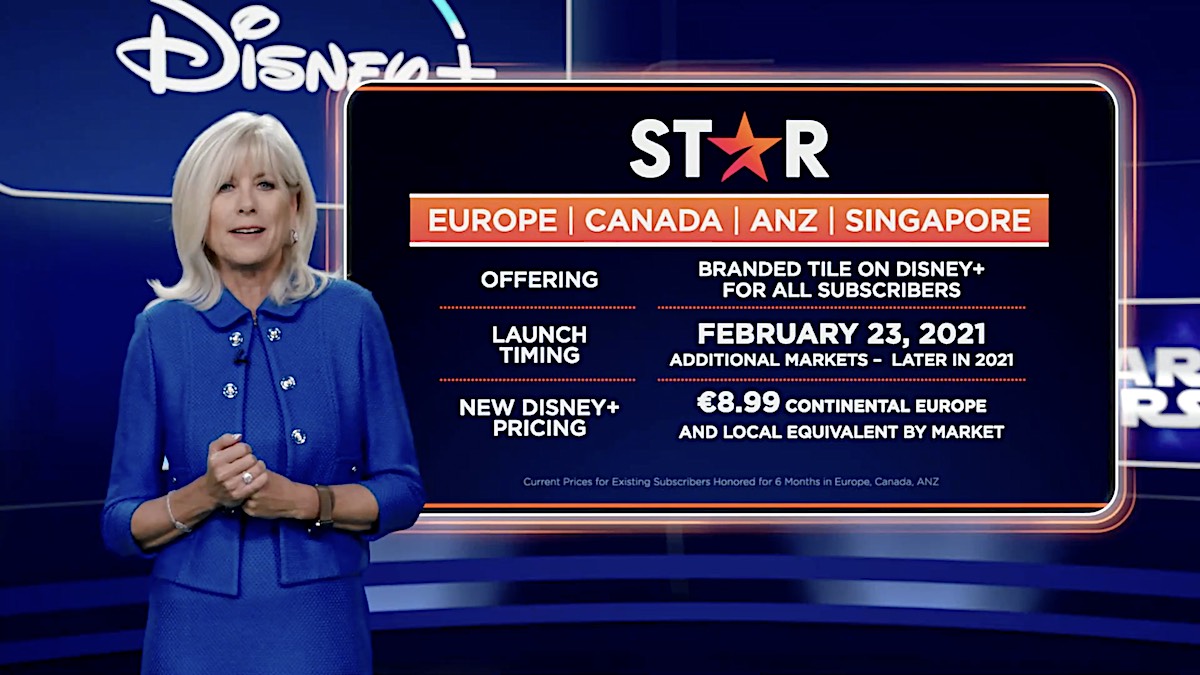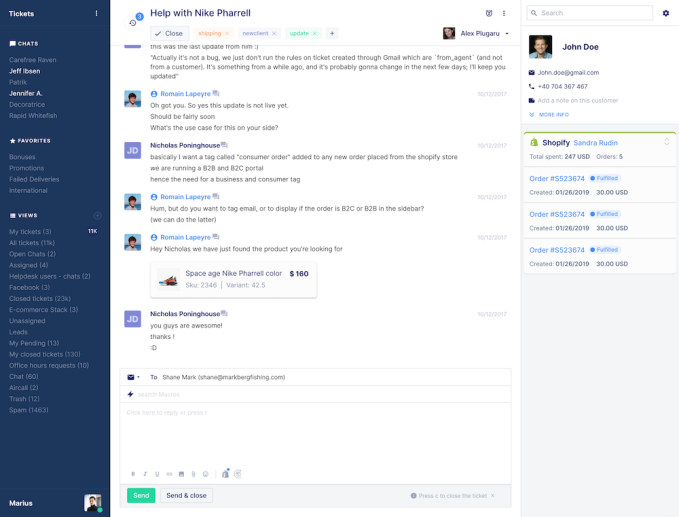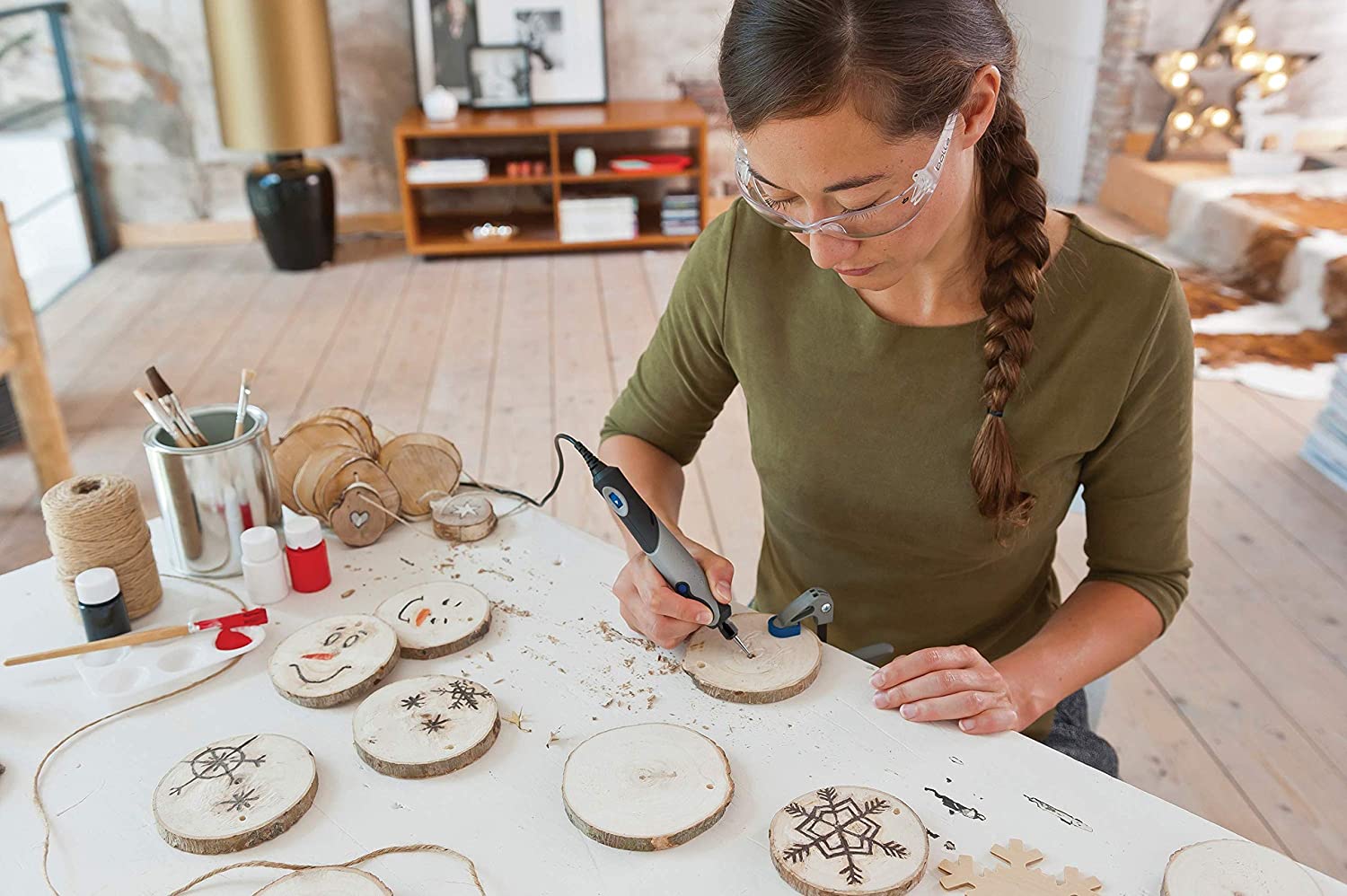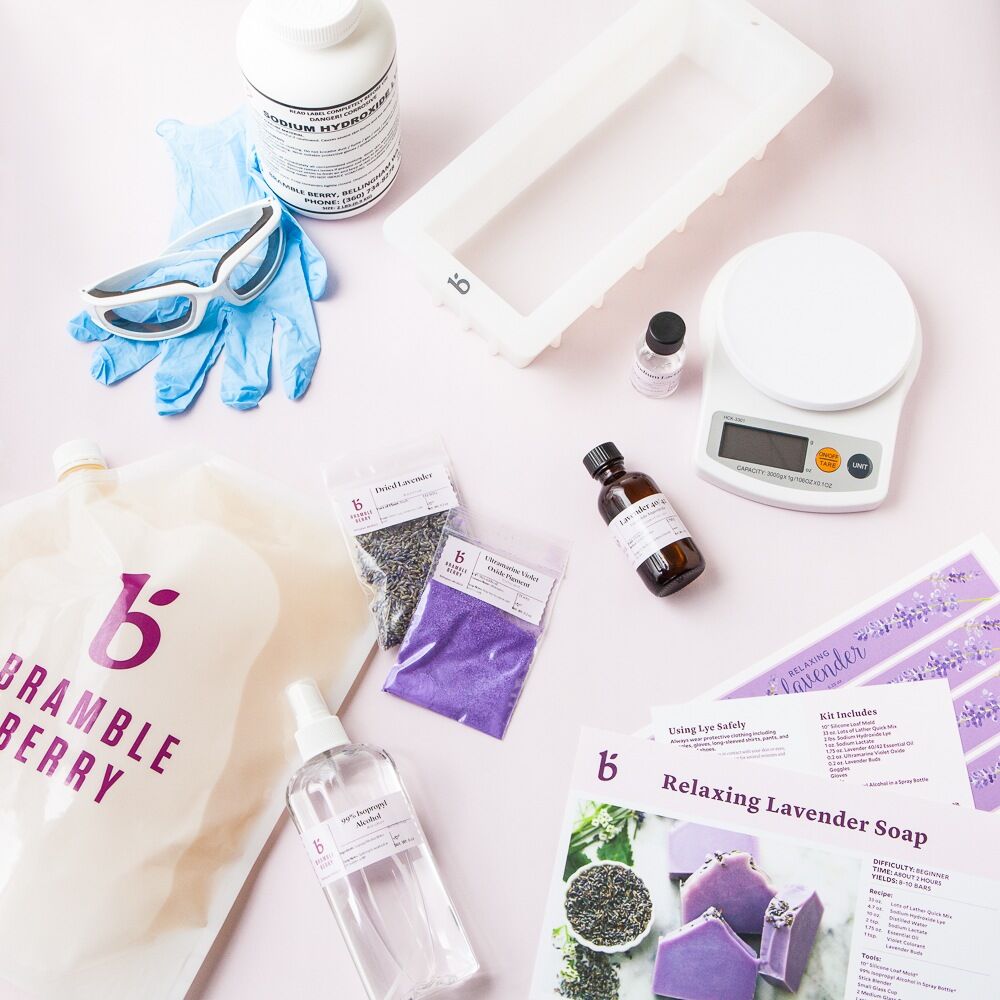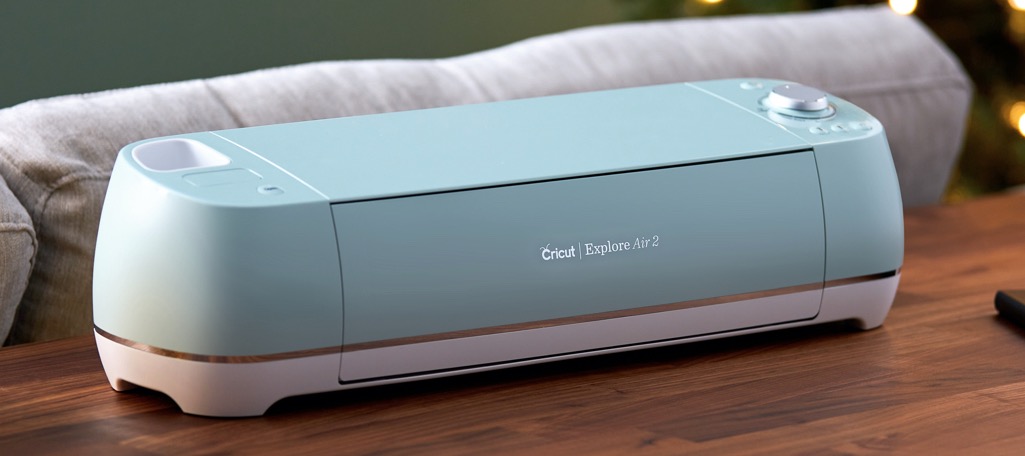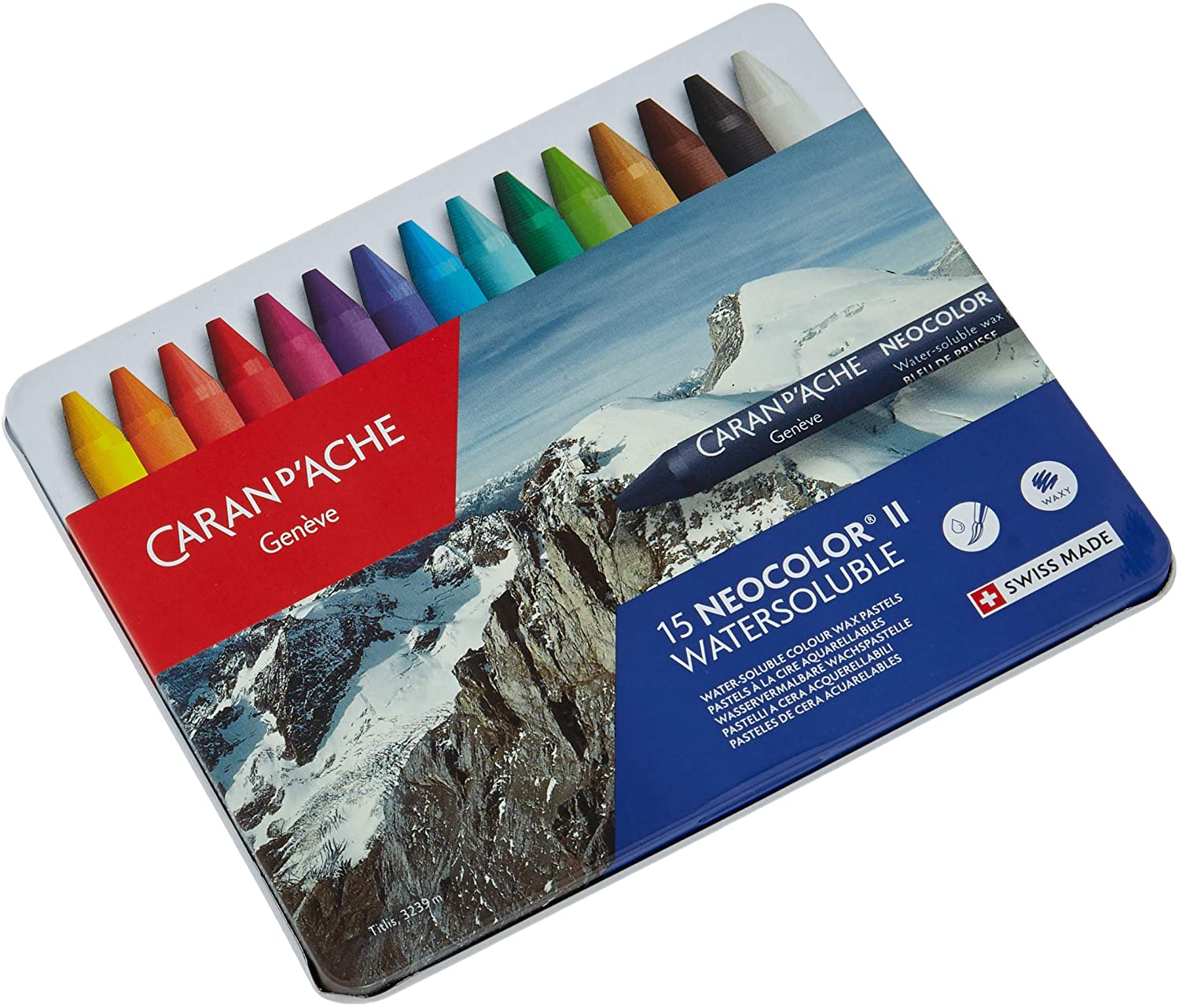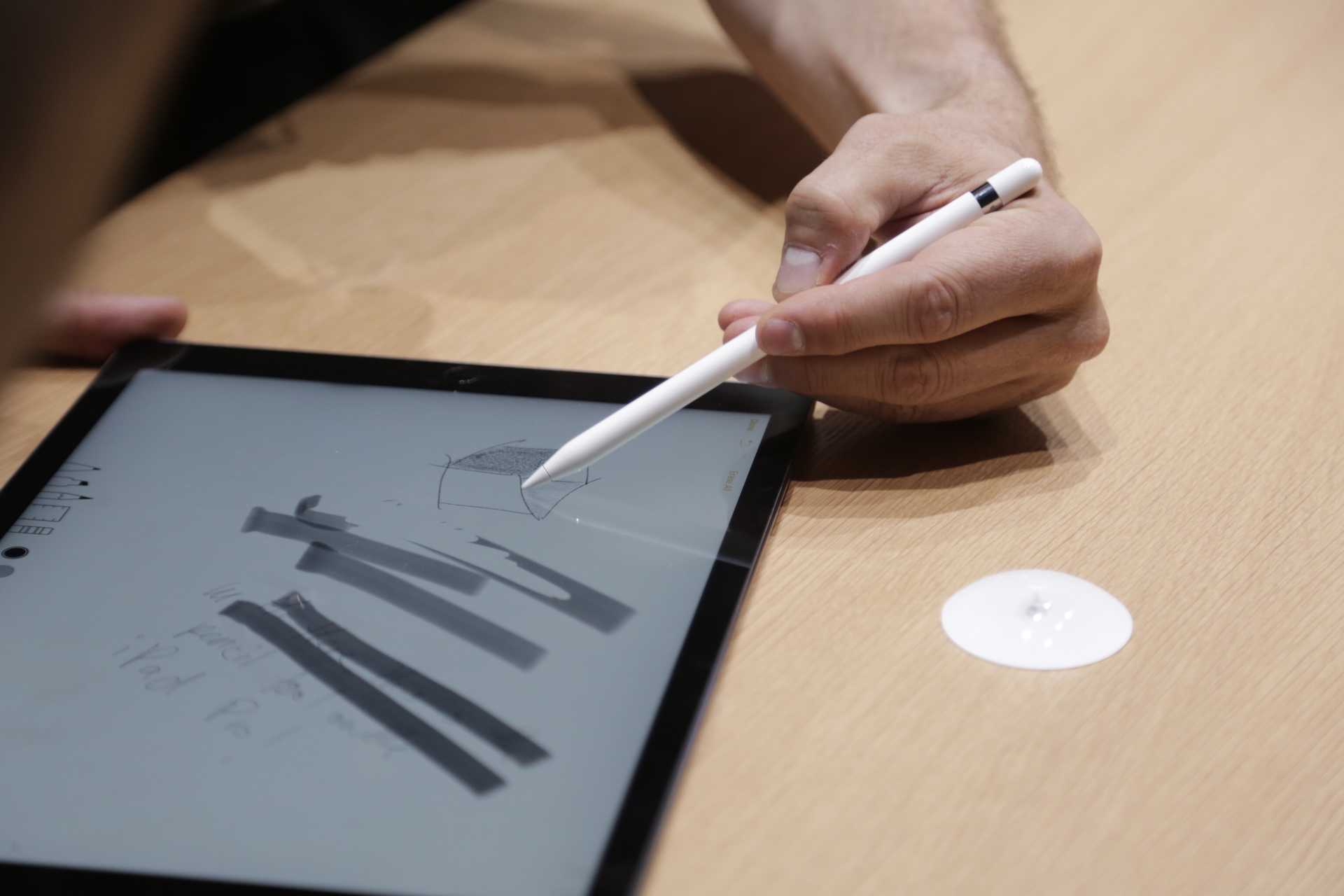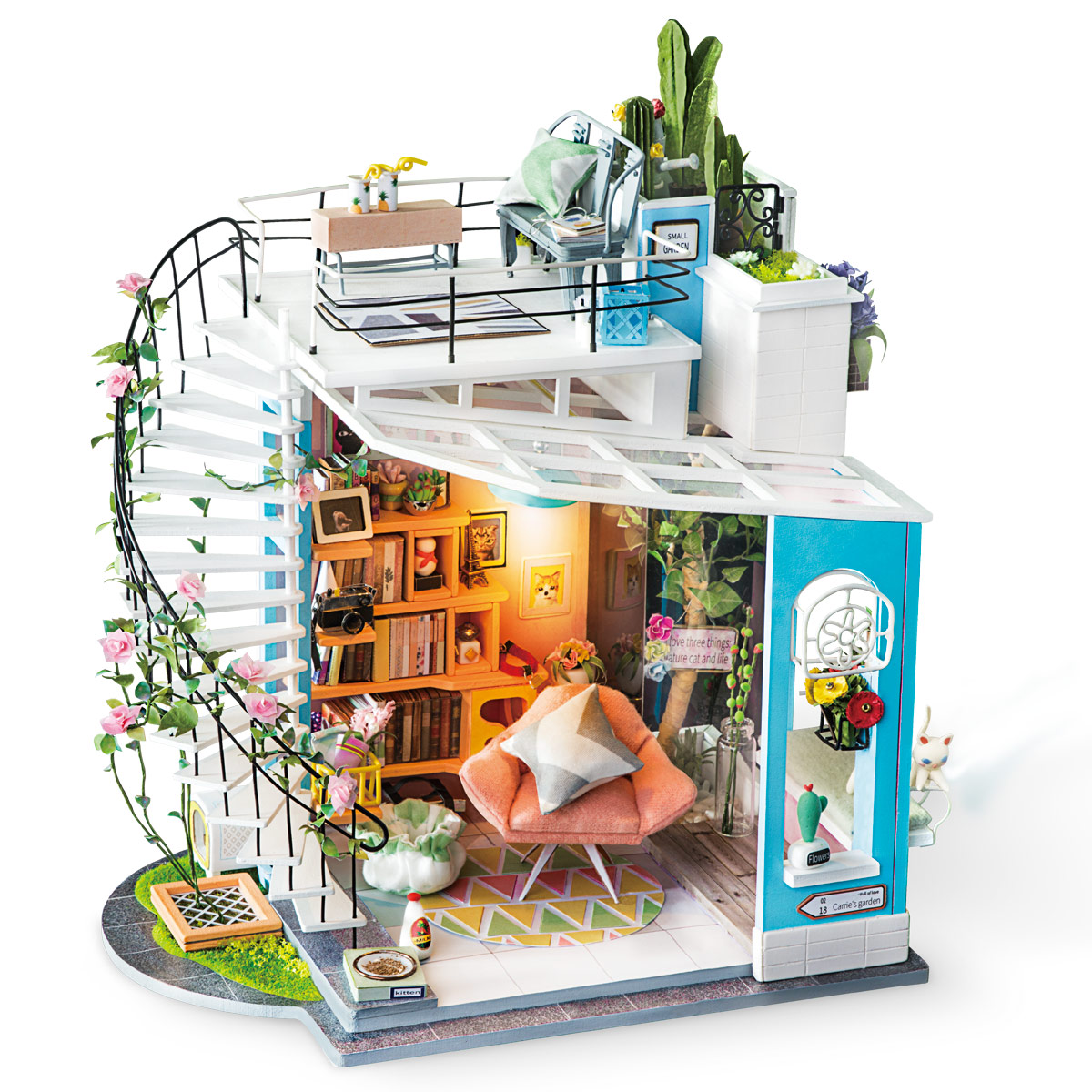News: Early DoorDash investor dismisses “froth” talk, says company could grow 10x from here
[The stunning debut of the food delivery company DoorDash on the public market this week has plenty of people puzzled. While undeniably fast-growing, the unprofitable delivery company that has come under fire numerous times over its employment practices, and its IPO, like that of other gig-economy companies, leaves a lot of economic issues unresolved. So
[The stunning debut of the food delivery company DoorDash on the public market this week has plenty of people puzzled. While undeniably fast-growing, the unprofitable delivery company that has come under fire numerous times over its employment practices, and its IPO, like that of other gig-economy companies, leaves a lot of economic issues unresolved.
So why is a company that lost $667 million in 2019 and $149 million in the first nine months of 2020 — during a period of hypergrowth because of the pandemic — being valued at $55.8 billion by public market investors? Have they lost their minds?
Saar Gur thinks he has answers to such questions. Gur, a longtime general partner with the early-stage venture firm CRV, was able to write a check to DoorDash in its earliest rounds, including its seed, Series A and Series B financings, and he suggests the firm’s stake in the business will return multitudes of the CRV fund from which those checks came. In short, he’s very far from biased. However, in a call earlier today, he painted a picture of DoorDash wherein it not only becomes profitable but is 10 times larger than it is today based on how it evolves from here. Our conversation has been edited lightly for length and clarity.
TC: You wrote a seed check to DoorDash. Did you seek out the company or did the team pitch CRV?
SG: I went on this hunt, looking for Tony. [Rival delivery service] Postmates had started two-and-a-half to three years earlier, and I thought the founder was great [but I wasn’t sure about investing]. Another company, Fluc, was run by this very scrappy entrepreneur, Adam, who was getting some buzz in Palo Alto, and I was quite curious and met the team because we were in the food business and knew a lot of restaurant owners; my wife was a food entrepreneur and built this chain of homemade yogurt stores called Fraiche,
So I emailed my friend Misty, who was the general manager at the time of Oren’s Hummus on University Avenue [in Palo Alto[ and said, ‘We’re looking this company, Fluc, and we’d love to get your thoughts.’ And she said, ‘The team is Fluc is okay; their technology is better [than some others], but they don’t understand our problems in a way that’s truly helpful to us. You should talk to these kids out of Stanford at DoorDash.’
If there’s any skill in investing, it’s not just confirmation bias of investing in Fluc [whose founders later moved on] but we did like a hard pivot and chased down the DoorDash team. We met them at Fraiche in Palo Alto, and from that moment, it’s like we were finishing each other’s sentences.
TC: What did you talk about?
SG: The team from day one just talked about building a logistics company. For example, they understood Oren’s Hummus, which at that time was quite popular but had limited front-of-house seating and a big kitchen in the back. And [cofounder and CEO] Tony [Xu] and [cofounder turned VC] Evan Moore said at the time said, we want to target customers of popular concepts that have limited [seating] and extra kitchen capacity, and to integrate directly with the kitchen so we don’t have to interact with front-of-the-house staff.
At the time, Postmates had pivoted from waiting in line to get you a iPhone to delivering food, including from Fraiche, but they would send someone to your store, place the order and wait. DoorDash instead put an iPad
TC: You’ve said that CRV missed out on Uber, that Travis Kalanick left your offices and headed over to Benchmark, where he told you right afterward that they wouldn’t let him leave until he signed a term sheet. Do you think Uber could or should have been DoorDash? I met with Travis in 2011, before DoorDash was founded, and he called Uber a logistics company and told me it would deliver food and a lot of other things. Given DoorDash’s dominant market share, do you think Uber waited too long to jump into deliveries?
SG: The original Uber was not at all about food; it was that ride hailing hadn’t changed. Its Series A deck was a picture of a guy holding his hand up and trying to hail a taxi, with no real vision about food — at least at least that’s my recollection. Over time, it became Uber for everything.
But in terms what happened, DoorDash launched in Palo Alto. A number of other companies were in San Francisco, and Tony and the team had to decide whether to launch in San Francisco as its next major city or whether to launch somewhere else. And after a number of discussions that I was a part of, they focused on San Jose. Most people don’t know, but San Jose is something like the 10th largest city in the United States and its layout is much more similar to other mid-tier cities and suburban America than it is to San Francisco. I think that was one key strategic decision. At the time, [larger rivals] GrubHub and Seamless had been proven [the model] in dense cities. It was really not obvious that it would work in San Jose or any suburb.
TC: Clearly, investors are excited about what DoorDash has built — so excited that its stock went crazy yesterday. Are you, like Bill Gurley, frustrated that money was left on the table by its underwriters? Do you think traditional IPOs are broken?
SG: I actually started my career at Lehman Brothers on the investment banking team, and so having seen the IPO process, while I can appreciate [frustration that a] company left some money on the table based on the pricing, the tactical challenge [is that] it’s very hard to predict. You know what the market will bear once it moves to retail investors.
What’s exciting to me is [that] DoorDash is raising money because they are just getting started. I do think this could be a $500 billion-plus company. There’s so much to be excited about. As for the capital-raising event, I think it’s hard for the bankers to know where it will land with the broader market, so I’m not as negative as maybe some others.
TC: Five-hundred billion dollars is a big number. How do you get there?
SG: Let’s just start with food delivery. DoorDash’s suburban market share has grown to more than 60% and its overall U.S. market share is over 52%, so they’ve won the market in food delivery. And if you look at the [Chinese shopping platform] Meituan and other global food delivery businesses, that alone paints a path where DoorDash should be [valued at] $100 billion, assuming they continue to execute on the path that they’re on.
But the bigger story to me that I think many folks don’t understand is, if you go back to U.S. Postal Service, it used to take two weeks to get a letter. Then FedEx launches and all of a sudden the, the mail seems slow. The [net promoter score] was really high for the USPS until FedEx launched, or [think of] dial-up [internet access] which was great until [we had] broadband.

Image Credits: CRV
What we’re seeing is that consumers prefer immediacy and this magic ability to press a button and have ice cream delivered in under 25 minutes or milk, and you start to layer [items on] from there. We’ve partnered with Macy’s in December, for example, so if you buy a shirt or a dress, you can now have it at your house in an hour. When you look at the infrastructure that DoorDash has built to deliver on that vision, that’s where this company looks more like Amazon .
That’s dreaming the dream, and that’s a very different business than ride-sharing and Uber’s core business.
TC: You’re comparing DoorDash to Amazon, which is a much more capital-intensive business with lots of hard assets. Do you see DoorDash moving in that direction? Relatedly, what kinds of acquisitions would DoorDash be potentially interested in making?
SG: The company is always focused on technology first. DoorDash Drive is a product that many people don’t understand but it powers merchants that don’t want to roll out their own delivery network. Say you go to Walmart.com and order a bunch of groceries. DoorDash is powering those deliveries. Macy’s wants to roll out one-hour delivery. DoorDash Drive is allowing them to do that. DoorDash also now has a product that’s purely like a SaaS business that enables larger chains that want to control the whole experience of delivery with their own drivers to do that. Jimmy Johns [a sandwich chain] is ow running its entire order and deliver business with their own drivers, using DoorDash software.
There are parts of DoorDash that are a true software business, just like AWS, and there are parts of it that are capital-intensive, like Dashmart [that rolled out this summer and which are convenience stores are owned and operated by DoorDash]. Will they buy 7-Eleven or something like that? We saw [deliver startup] goPuff acquire BevMo last month; it’s not out of the question that there might be a reason to do that. With Dashmart, they already can see a lot of stuff based on data that people want to have immediately.
You know, I guess related to the answer question, and I don’t even know what it stands for but I know Uber at some point was looking into ghost kitchens, maybe like hadn’t had a stake in one in France. Is that something that doordash would potentially get into the business of like owning and running these so that it can also just, and I apologize that I’m not better versed in this but I don’t know, I don’t know if it’s got sort of like close relationships or owns anything like that already.
TC: DoorDash has also ventured into the ghost kitchen market, opening a facility in Redwood City, south of San Francisco. Could this become a bigger initiative?
SG: I think it’s definitely in the zone. DoorDash can use data and say, you know, you don’t need to build another Long John Silver or Taco Bell [to get closer to some of your customers]; you use our Redwood City Kitchen.We can already show you the data that [highlights how] deliveries that might take an hour could be turned into 15 minutes. They’re really facilitating the revenue growth of these concepts.
There’s another set of entrepreneurs where they can use the data to say, for example, ‘Hey, there is no pizza restaurant in Palo Alto, so we’re just going to launch Saar’s Pizza Company to fill that hole and do it cost effectively because we don’t need to build a location out with seating and all the building codes involved serving customers in person.
TC: In the meantime, one reads stories of restaurateurs who complain about the fees involved in working with DoorDash.
SG: Having been a restaurant owner, I can tell you, even for my wife, who has a Wharton MBA, it’s very hard to keep track of all the numbers. You feel like everyone is screwing you; it’s just it’s really hard to run a small business. So it’s not based on great data or even if it is, if you view that DoorDash is adding incremental revenue, and if you understand the concept of marginal profit, then you should continue to sell things as you can make money on the margins of the food and you have the excess kitchen capacity.
If you look, that’s why DoorDash has signed [roughly] 45 of the top 50 quick-service restaurants. Those are quantitative groups and they wouldn’t do it do it for as long as they have and invest in these partnerships if it wasn’t working.
But there’s always going to be a sticker shock.
TC: Regarding these quick-service restaurants and ghost kitchens, these systems are so efficient that the concern is that these mom-and-pop restaurants get wiped out. How do you think about that concern?
SG: I think we are social beings and we look for experiences [and] breaking bread with someone is not going away. I think smarter brands will — just like what we see in retail with physical locations and online locations — [be both offline and online]. Smarter concepts will understand how to build those brands across channels. And then I you know I still think that the Saisons of the world and the French Laundry will only continue to to do well post COVID as people look for these experiences of how to be together and share food, which is a passion of many folks.
TC: How does DoorDash itself become profitable?
SG: If you check the facts, this summer the company was actually profitable. Not only that, they gave $120 million dollars, or they give credit, to other small businesses, in support of COVID, so had they not done that, they actually would have produced quite a bit of cash.
With run a company like DoorDash, you have to sell a big vision and be able to recruit, but you also need to be highly quantitative, and Tony has always been able to spit out numbers that are like accurate and set goals that are very quantitative. And while they they’re not profitable in the newer markets [because they are growing], they’ve got the cohorts to show you not only how they’re profitable in older markets but how their profitability expands over timein those markets. At any point, they could kind of slow their growth and become more profitable, but that’s not the playbook.

